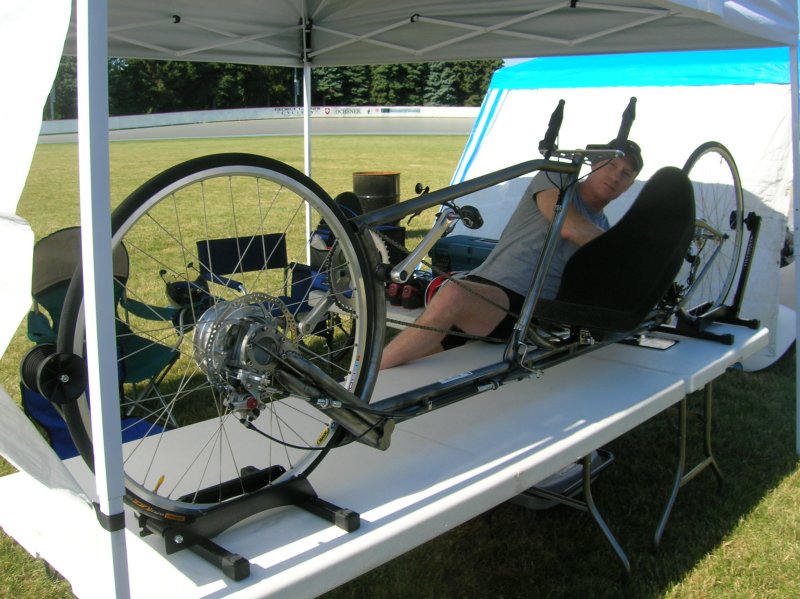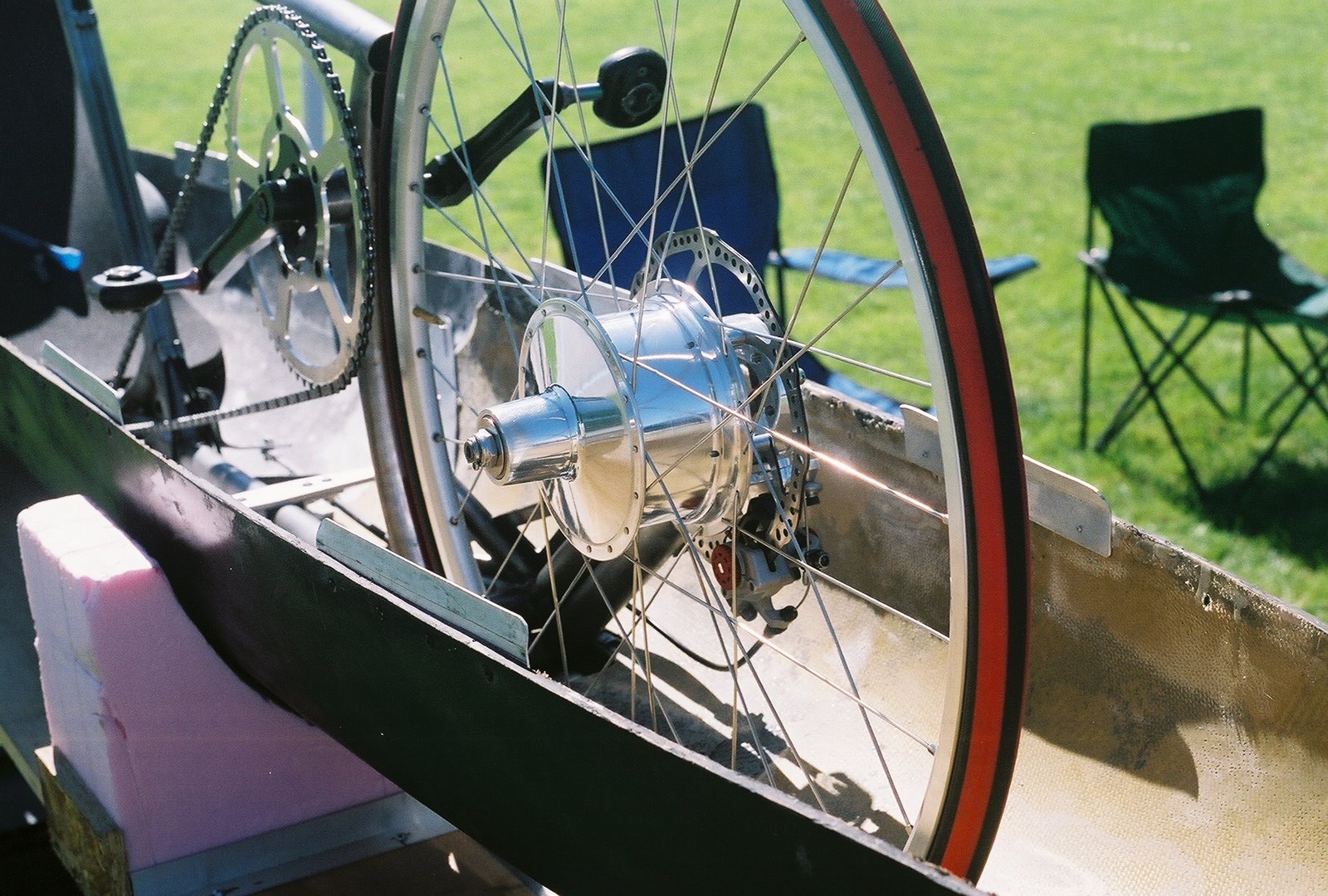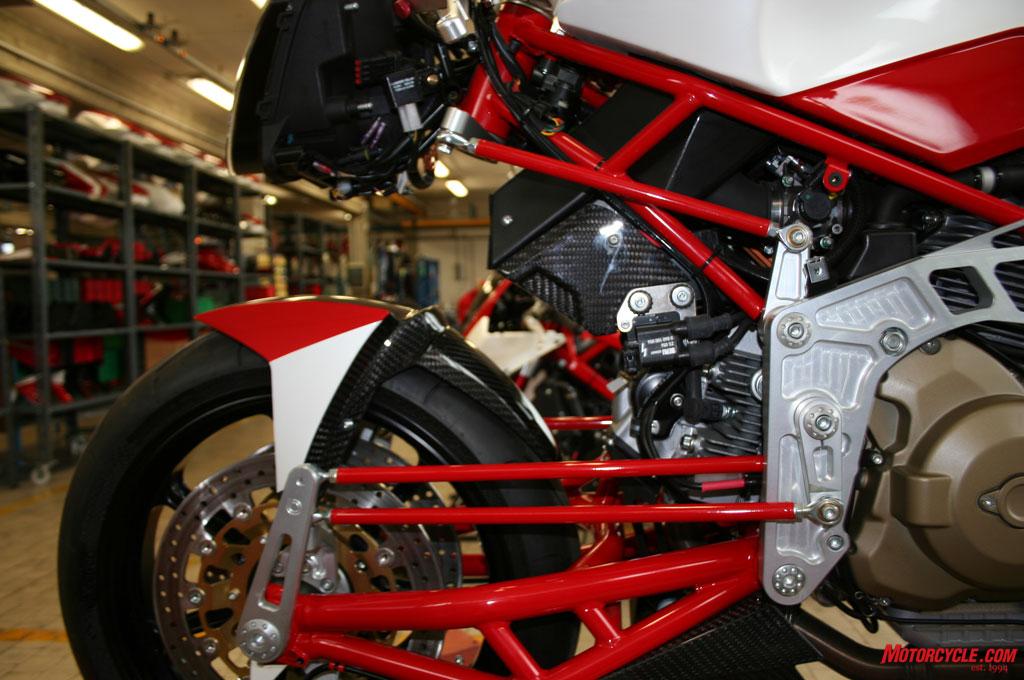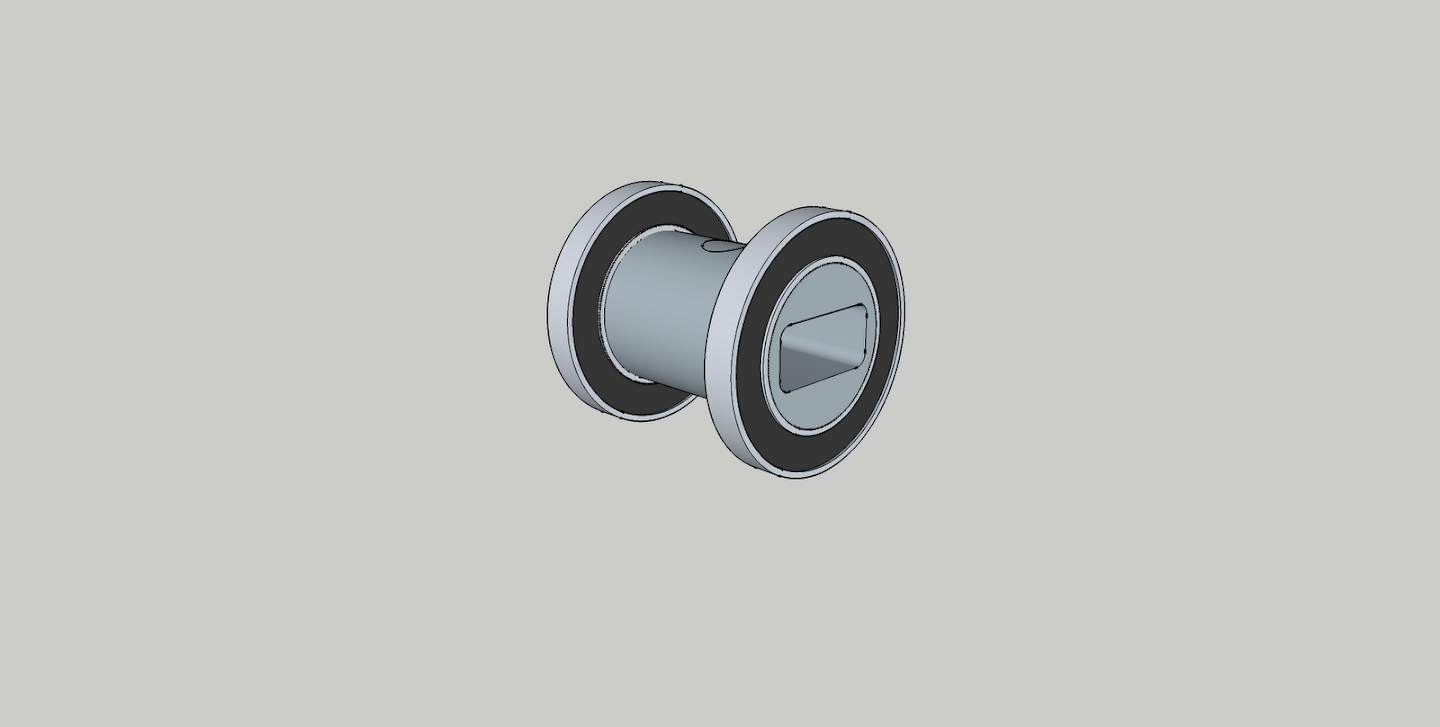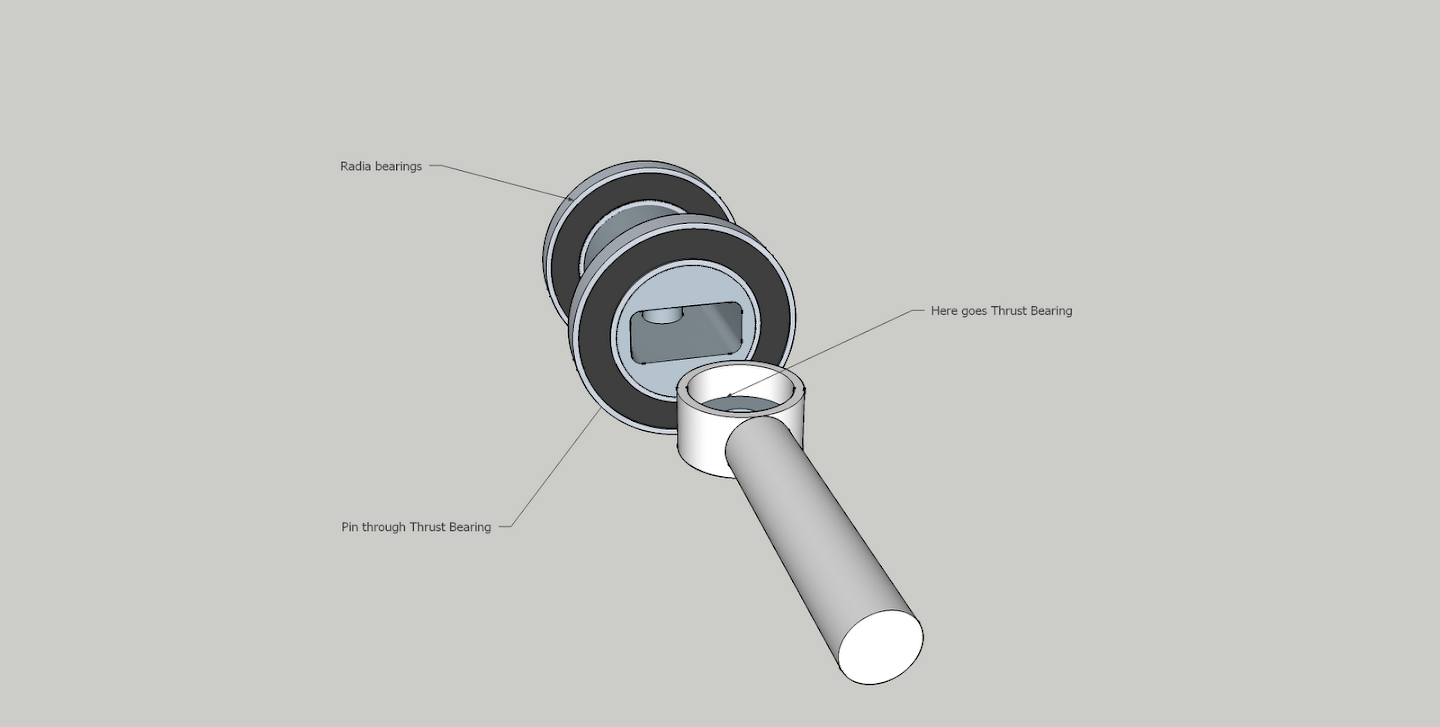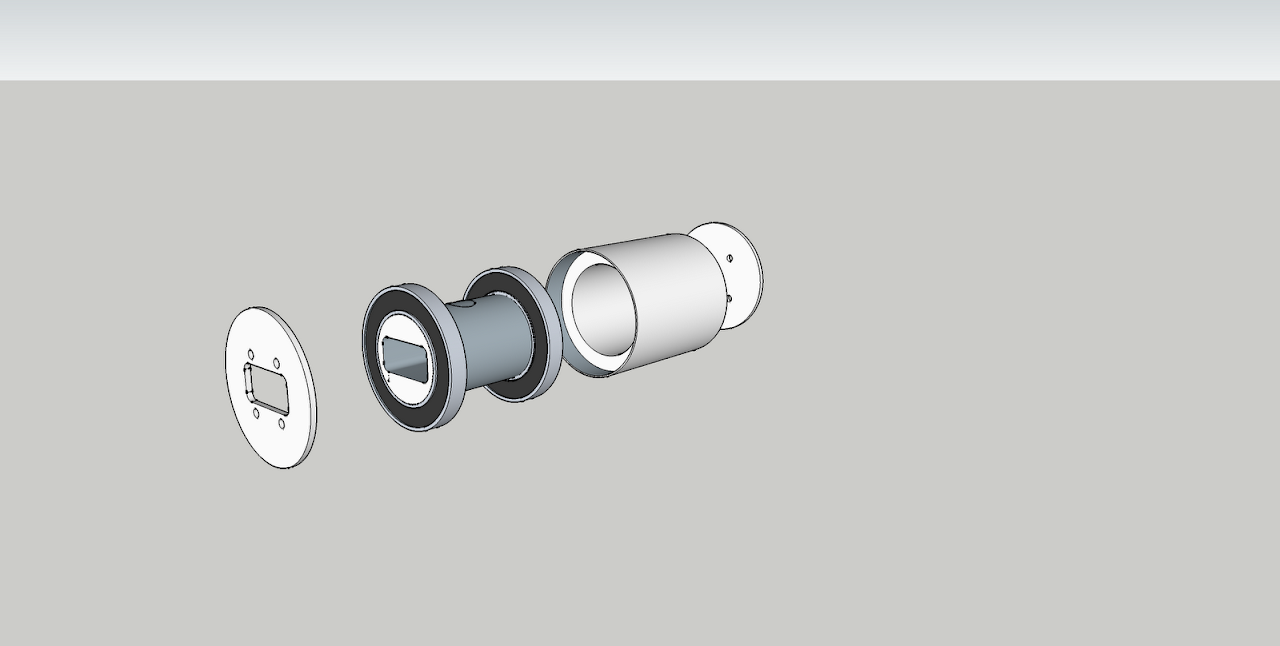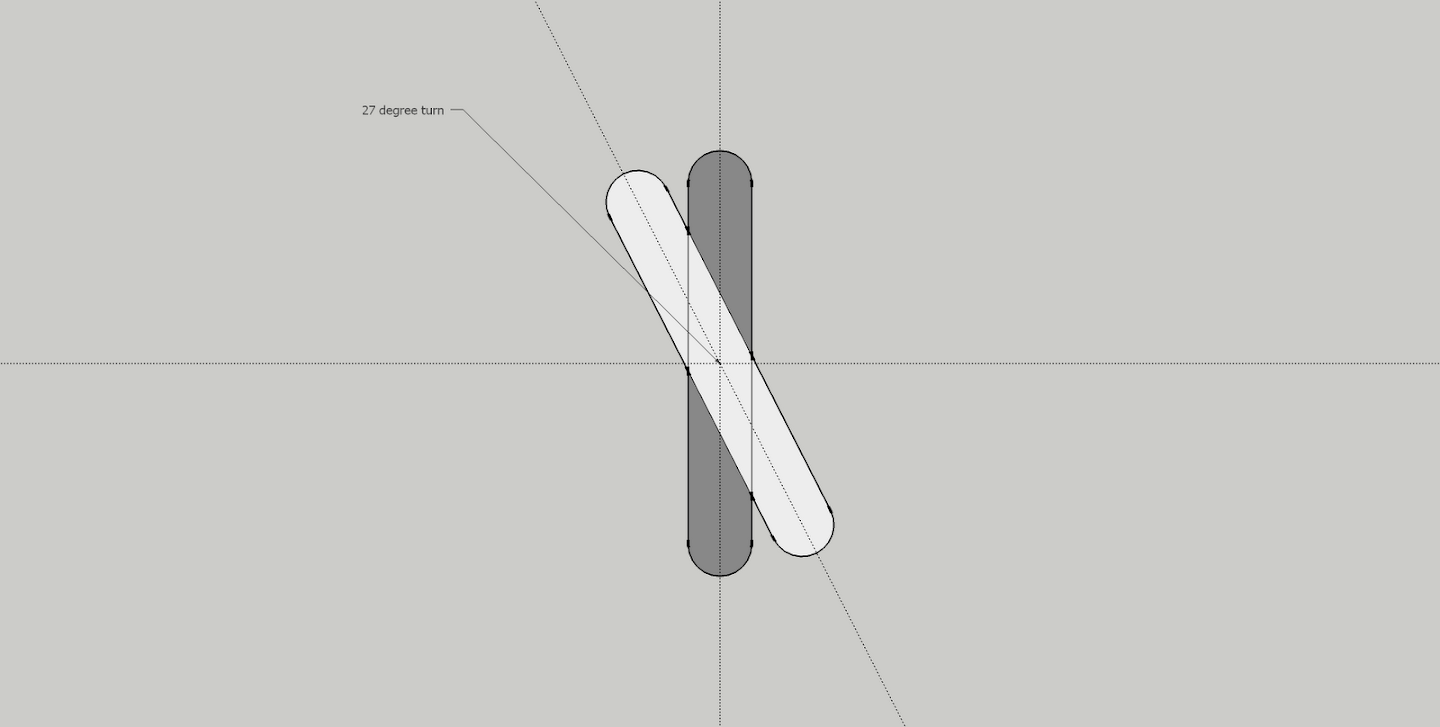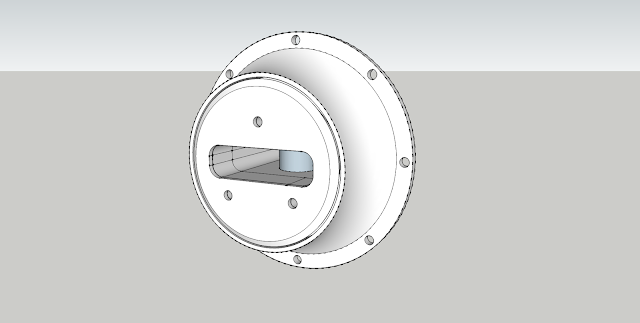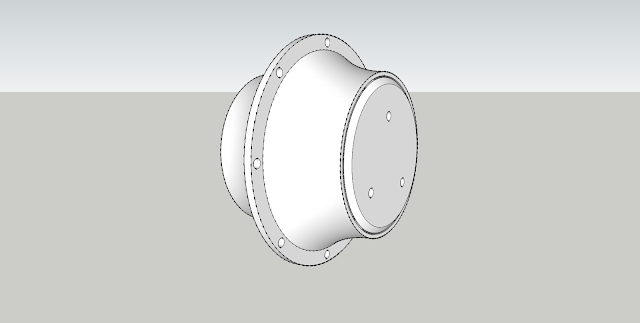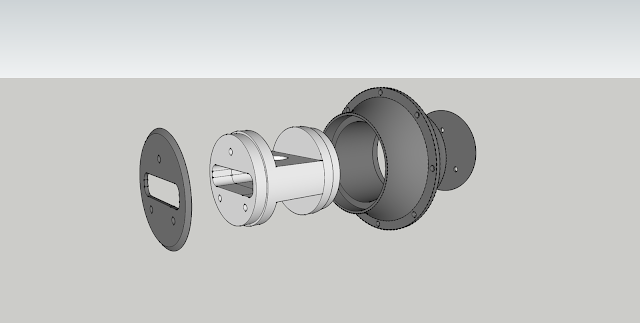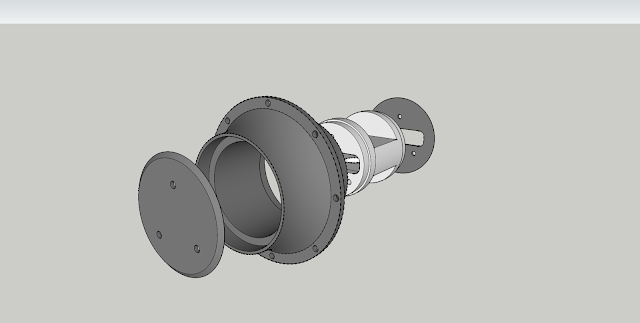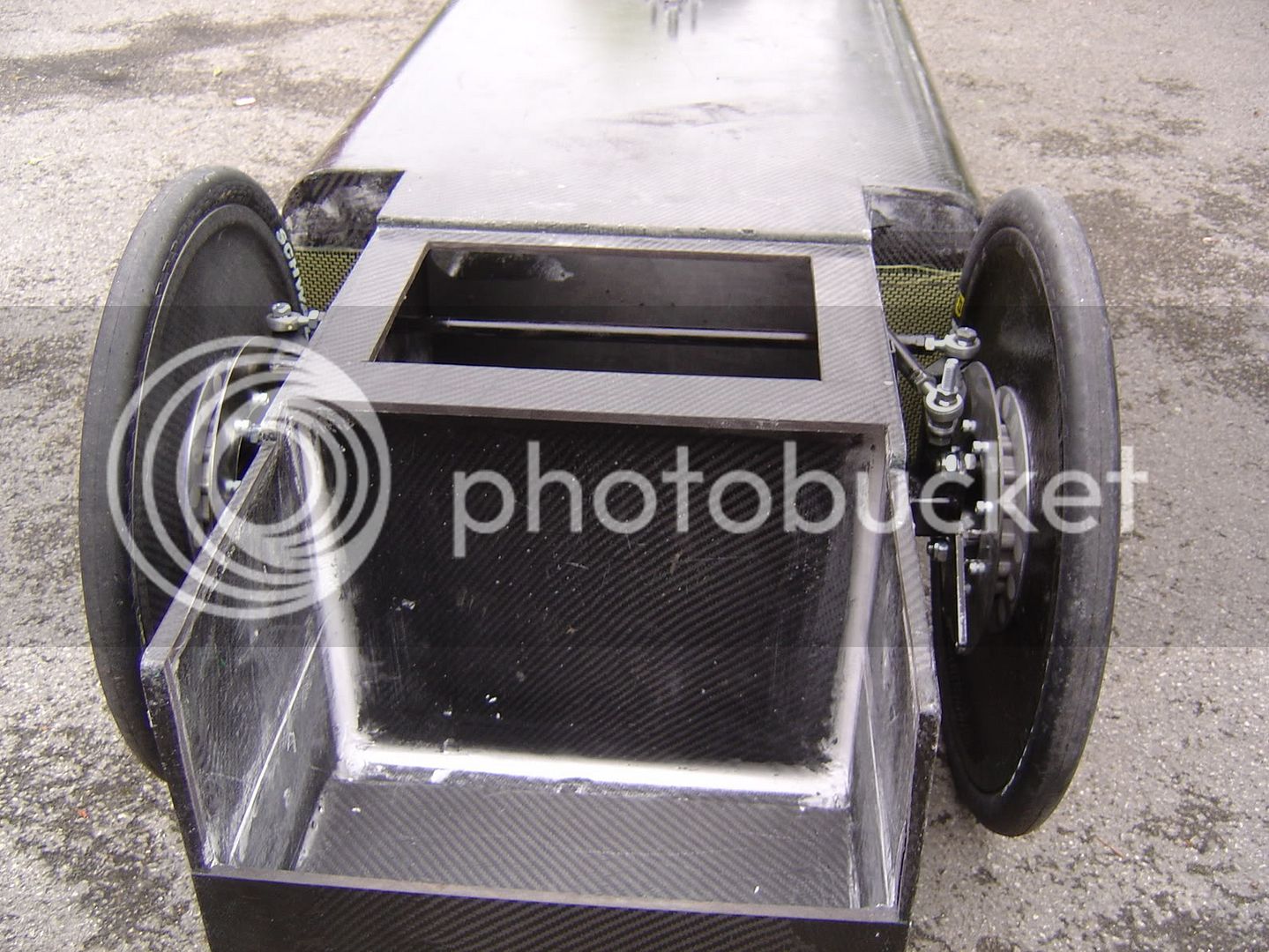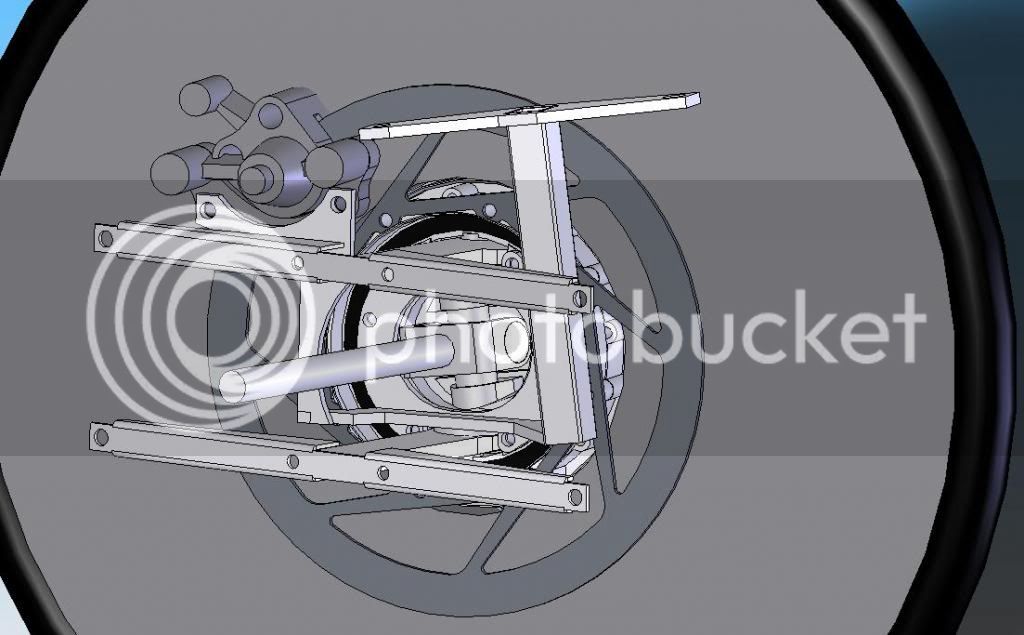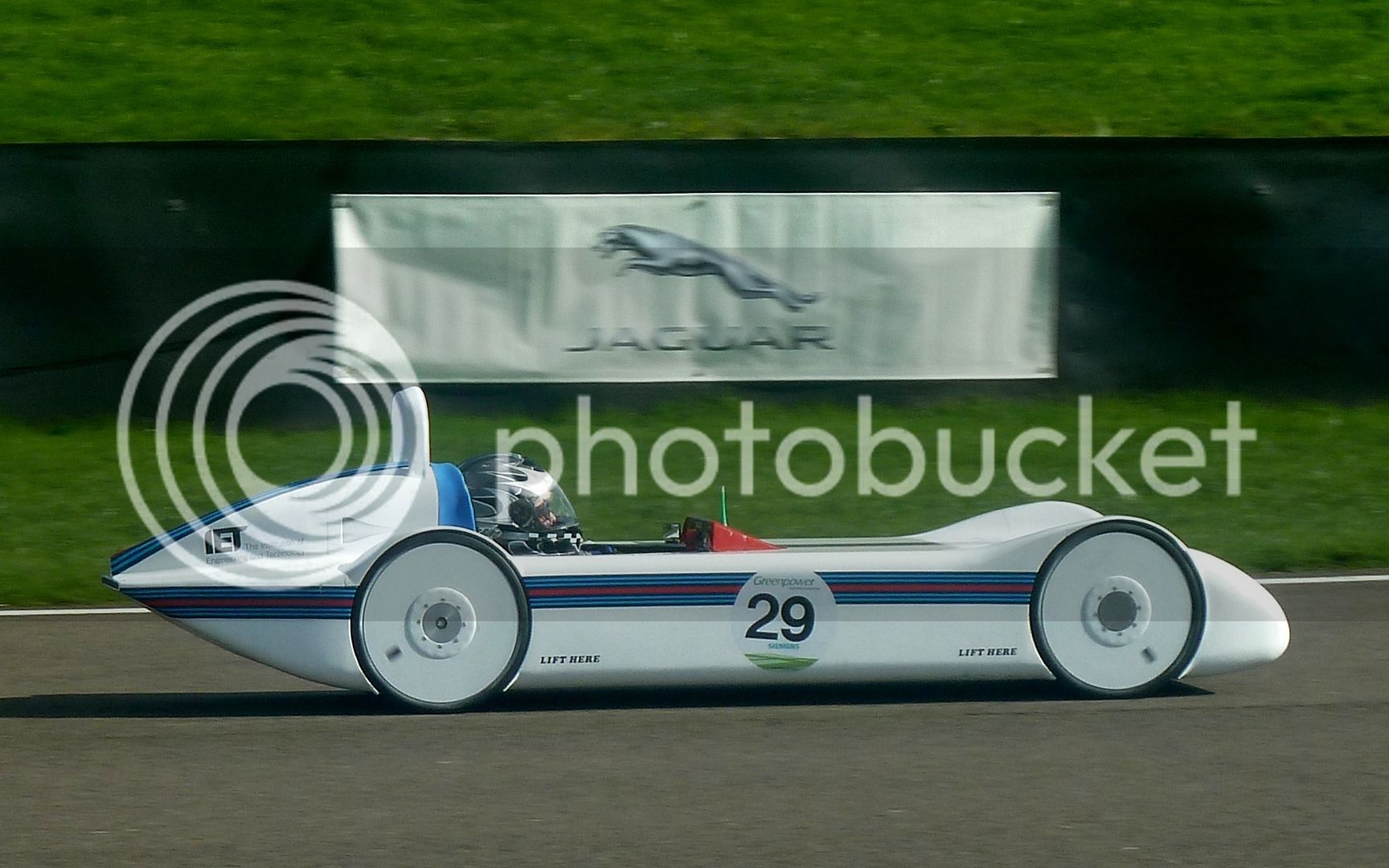Hi the hub is just 20mm wide - the wheel is carbon fibre over foam composite - might suit you actually, it has proved its strength on some very rough tracks. We have about 25 to 27 degrees steering angle. The website is http://www.cauc-f24.org/ but there is probably lots more useful info in my greenpower photobucket album http://s543.beta.photobucket.com/user/bobc0/library/greenpower
To make the wheels, I first wrapped an al rim in carbon fibre tape, then built up the layers over a foam core. Another team had built similar wheels without wrapping the rim & they disassembled themselves during a race.... The whole thing is then vacuum bagged. I'll find out the name of the black structural foam core we used, short name starting with D that I can't recall.... Thes wheels have raced with a 150kg car on rough tarmac tracks with up to 1G cornering loads & the cars have no suspension. BTW the vacuum bagging was a revelation - quality, strength, lightness & turned out to be easy to do.
Bob
PS last year's car steering pivot was 10mm rose joints - convenient for adjustment of track & camber & tiny bit of stiction wasn't a problem ina car. Next yr's car will steer on angular contact ball bearings because they're lower profile (need the room for the drive UJs)
PPS I didn't realise your wheel bearings were so big, you'll have the same problem as us with bearing drag; you'll half it if you just use one bearing......


